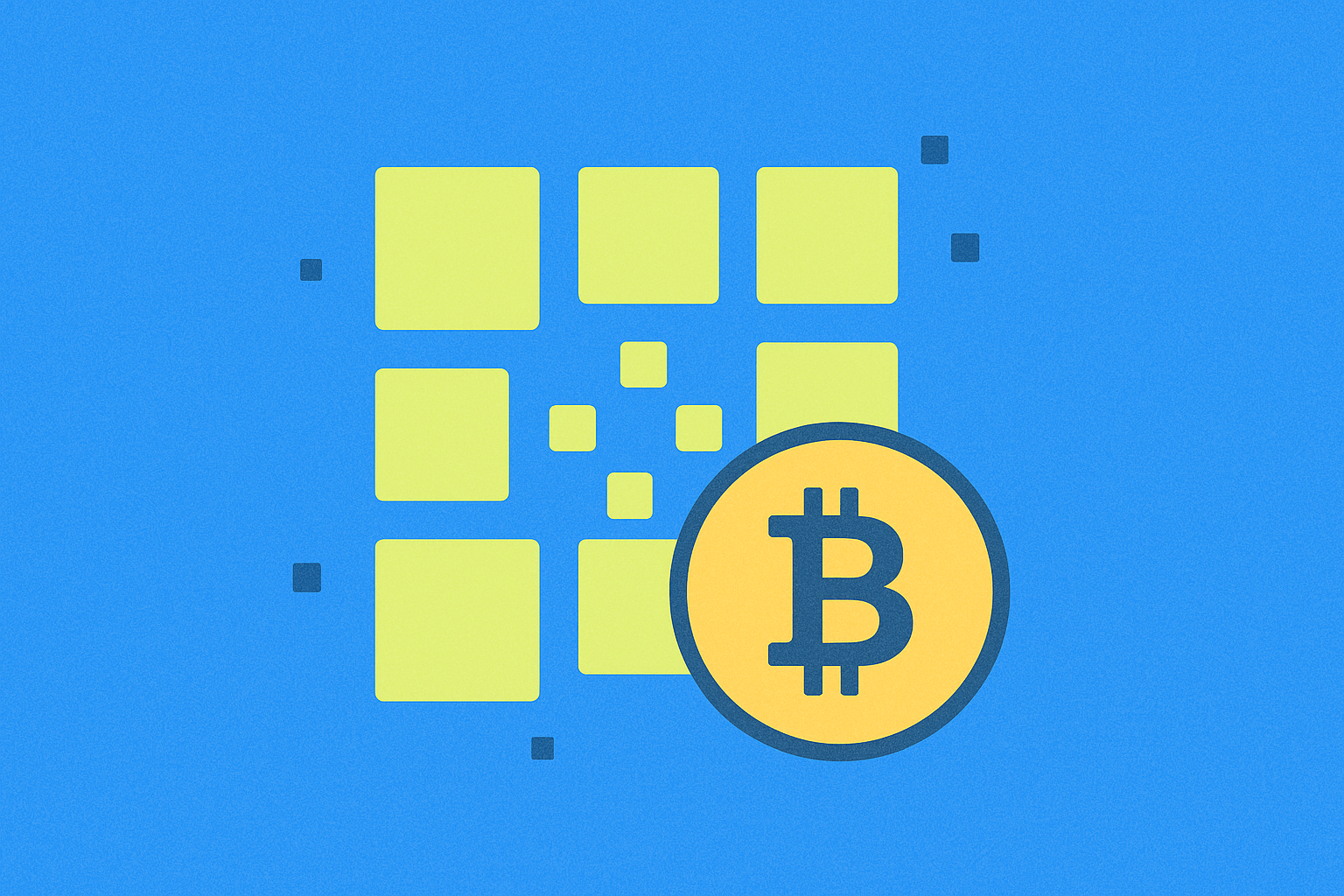bitcoin qr code

Bitcoin QR codes are convenient digital tools used to represent and share Bitcoin address information. These QR codes contain the recipient's Bitcoin wallet address, sometimes along with metadata such as transaction amounts and payment labels. By converting complex alphanumeric combinations (typically 26-35 characters) into machine-readable graphic formats, Bitcoin QR codes significantly simplify digital asset transfers. Users can simply scan the code rather than manually typing error-prone long addresses, thereby increasing transaction efficiency and reducing the risk of input errors. This technology is widely used in cryptocurrency wallet applications, merchant payment terminals, and online donation platforms.
Market Impact of Bitcoin QR Codes
The introduction and widespread adoption of Bitcoin QR code technology has had profound effects on the cryptocurrency ecosystem:
- Lower adoption barriers: By simplifying Bitcoin transaction processes, QR code technology has significantly reduced the entry barrier for new users, fostering broader market participation.
- Physical business integration: Enables brick-and-mortar stores to accept Bitcoin payments more easily, either through displaying static QR codes or generating dynamic ones with specific amounts through POS systems.
- Mobile payment revolution: Drove the functional development of mobile cryptocurrency wallets, enabling them to operate as conveniently as traditional payment applications.
- Transaction volume growth: The convenient payment method has promoted an increase in small daily transactions, expanding Bitcoin's utility as a medium of exchange rather than just a store of value.
- Payment protocol standardization: The development of payment protocols like BIP21 has allowed QR codes to contain more transaction information, further optimizing user experience.
Risks and Challenges of Bitcoin QR Codes
Despite the convenience offered by Bitcoin QR codes, several risk factors deserve attention:
- Security vulnerabilities: Malicious actors may tamper with publicly displayed QR codes, redirecting funds to attacker-controlled wallet addresses.
- Phishing attacks: Carefully crafted QR codes might lead users to spoofed websites that trick them into revealing private keys or seed phrases.
- Privacy concerns: Fixed QR codes may lead to single addresses being used repeatedly, reducing transaction privacy and contradicting Bitcoin best practices of address rotation.
- Technical limitations: Standard QR codes cannot verify the identity of recipients, requiring users to manually confirm the accuracy of scanned content.
- User errors: If users scan incorrect QR codes or fail to verify transaction details, they may lose funds with no possibility of reversal.
- Accessibility issues: People with visual impairments may struggle with this predominantly visual technology.
Future Outlook: What's Next for Bitcoin QR Codes
Bitcoin QR code technology continues to evolve, with future trends including:
- Enhanced QR codes: Incorporating additional security layers and encryption features to prevent fraud and tampering.
- Multisignature integration: Using QR codes to initiate complex transactions requiring authorization from multiple parties.
- Lightning Network compatibility: Adapting to second-layer scaling solutions to support instant micropayment transactions.
- Smart contract interaction: Extending QR code functionality to trigger simple smart contract operations or automated transaction conditions.
- Cross-chain compatibility: Developing unified QR code standards that can support multiple cryptocurrencies simultaneously.
- Biometric enhancements: Combining biometric authentication like fingerprint or facial recognition to provide additional transaction security.
- NFC/Bluetooth integration: Expanding support for near-field communication technologies to complement or replace traditional QR scanning in certain scenarios.
Bitcoin QR codes represent a crucial link in blockchain technology's practicality, connecting complex cryptography with everyday user experience. As cryptocurrencies continue to integrate into mainstream financial systems, the importance of QR codes as user-friendly interfaces will only increase. While security challenges exist, through user education and technological advancement, Bitcoin QR codes will continue to simplify digital asset transactions, driving cryptocurrency adoption and everyday use. Future developments will focus on enhancing security and functional diversity while maintaining convenience, ultimately building a more robust and secure digital payment ecosystem.
Share
Related Articles

In-depth Explanation of Yala: Building a Modular DeFi Yield Aggregator with $YU Stablecoin as a Medium

BTC and Projects in The BRC-20 Ecosystem
